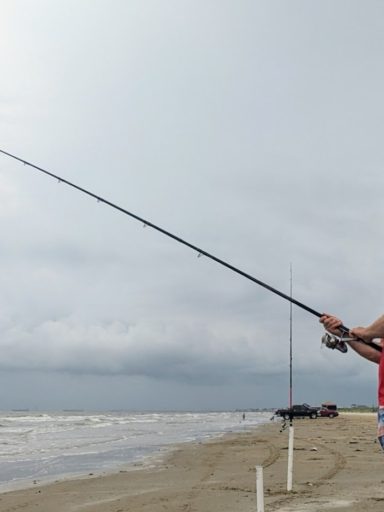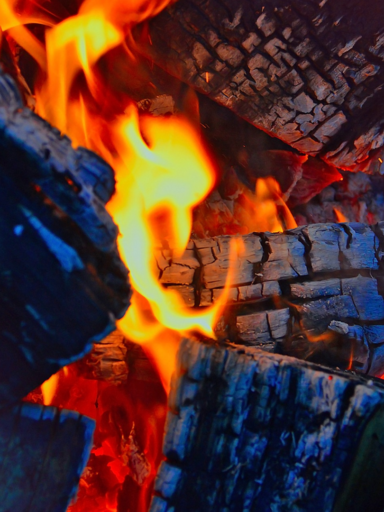Everyone is licking their chops waiting for big game season to open, and dove season often seems to come right as the anticipation about four-legged game is reaching a fever pitch. While there are a great many wing shooters and upland birth enthusiasts out there, many hunters like to use the opening of dove season as a reintroduction to hunting and getting out into the woods.
Quarry
Doves are classified in the animal family Columbidae, along with pigeons. Two of the three dove species classified as game birds are native to North America, and they are represented well, numbering in the tens of millions. Doves are primarily seed-eaters, and as such, hunters are likely to set up shop on farm land near fields of sunflower, millet, cracked corn, or any other seed these birds prefer. Their impressive flying speeds can be attributed to their impressive breast muscles, which allow to beat their wings with so much force that air is expelled from their lungs on each beat as they accelerate. This accounts for the classic, rhythmic sound of a dove in flight that hunters are so familiar with. The birds are quite literally flexing these muscles so hard that they are involuntarily vocalizing with each flap of their wings.

Mourning Doves (Zenaida macroura) are the fastest of the North American game birds, clocking air speeds of 55 miles per hour. They are by far the most numerous of the the three species, and will make up the bulk of the birds on the ground and in your game pouch on a successful hunting day.

White-Winged Doves (Zenaida asiatica) are a little longer and chunkier than their Mourning Dove cousins, and thus they aren’t quite as fast on the wing. You can recognize them in flight by the white racing stripe on the top side of their wings.

Eurasian Collared Doves (Streptopelia decaocto), also called collared doves or ring-necks, are the only game dove not native to North America. Its native range is East and Central Asia, and it spread to Europe in the 20th century. In 1974, a small group of them escaped captivity in the Bahamas, and they spread like wildfire across the southern and western United States. These are the largest of the three doves that hunters will take aim at, and they can yield a satisfying amount of meat for such a relatively small animal.
Technique
Certainly, a standalone article about wing shooting would be entirely justified. However, for the purpose of this article we will cover the basics.
Wing shooting is, as the name implies, the art of shooting birds while in flight. This method is not only the core of the challenge that makes hunting, but important to the principle of fair chase. Using shotguns and loads that are specific to game birds (shot sizes generally 6, 7.5 and 8) hunters wait for doves to take to the skies from their roosts or the ground, and attempt to place a shot that intercepts the bird on it’s chosen path. The velocity and agility of the doves make this enjoyable and challenging. The most popular technique for downing doves is called the swing-through.

The hunter begins their aiming point behind the bird, and swings the barrel through the target to a point ahead of it. Ideally, the shot is timed that the spread of the pellets causes as much lead as possible to impact the bird. Experienced shooters will also understand that shot doesn’t just spread outward (perpendicular to the shooter), but also extends in a cone that begins expanding from the barrel. As such, the shot creates a “cloud” that the shooter is trying to get the dove to fly into.
6 Essential Pieces of Gear
1. Gun
This one is pretty obvious, but there are a dizzying amount of choices when you are choosing the right shotgun for dove hunting. the most popular gauges of shotguns on the market are 12 gauge and 20 gauge. this is a simplified explanation, but in general the 12 gauge is going to put more shot in the air, but that will come at the expense of a bigger kick and a heavier gun.
Many of us here at Now You Try are proponents of using the 20 gauge for wingshooting. With the right load, it patterns extremely well for wingshooting, and most models are nimble and maneuverable with substantially less kick than their 12 gauge cousins.
The 16 gauge has been gaining popularity for years, and it offers a middle-of-the-road experience. One caveat is that finding ammunition can sometimes be a little more challenging.
There’s also the decision of what kind of action to choose. Not all shotguns are created equal, and the mechanism by which shells are delivered to the chamber make a difference in how they are used.
Pump-action will generally be the most affordable, but the nature of the mechanism will require you to interrupt your shooting set up and motion.

Over-under is a configuration that only allows for two shells to be loaded at any given time, but it offers simplicity in loading and unloading due to a “break-open” mechanism. This is also a popular choice for shooters that like to use two different loads for different situations. Many experienced Dove hunters will use a slightly different load for their first shot on a group of birds versus their follow up shot.

Many consider semi-automatic shotguns to be the gold standard for wingshooting, and with good reason. While generally much more costly, the shotguns will allow you the ability to continue shooting without interruption (beyond the kick of the weapon). Like anything else with a more complicated mechanism, semi-automatic shotguns are going to be more prone to malfunction.

2. Seat
While you might have visions of standing proudly in a field of sunflowers, blasting birds out of the sky, the truth is that you will spend a lot of time sitting and waiting for the birds to take flight. For that reason, investing in a lightweight, portable, and comfortable seat is definitely wise. Well camouflage may not be the top concern in dove hunting, you probably want to avoid bringing a bright blue or day-glo green captain’s chair out to the field. While the old tried-and-true bucket can be great, extended sitting on them can take a toll when you are over the age of 35. Ask us how we know.
3. Game Belt
You’ll never catch us saying a disparaging word about cargo pants. However, when you’re out in the thick of things, and the birds are flying, digging around in your pockets will seem a lot less cool than usual. Having a good game belt with pouches for shells, basic tools, and most importantly a game pouch to store birds until you can get them to the cooler, is a worthwhile investment.
4. Cooler
If you’ve taken our recommendation and chosen a real seat to park yourself on, you will have less use for the good ol’ dove bucket. Instead, you can get a much more versatile, manageable, and portable cooler to carry birds home. Soft side coolers, like the RTIC Soft Pack 20, offer a lot of great features to make them usable well beyond dove season.
5. Snare Heads/Flu-Flu Arrows
Yeah, yeah, these aren’t “essentials” per se, but bear with us: The most important part of any hunting trip is turning a good time into a good story. So, what better way to do that than shooting a dove out of the sky with a recurve bow? We are unapologetic archery lovers at Now You Try, so honestly you shouldn’t even be shocked we found a way to work this into a dove hunting gear list.
The snare heads increase your chances of impacting the bird without obliterating it. The flu-flu arrows are also an absolute must for safety. Remember, you are going to be firing skyward. The unique fletching on these make the arrow lose speed rapidly when it begins to decelerate, and makes it float back to earth instead of flying in a huge parabola and landing who-knows-where.

6. Make it a Party
Dove season is one of the few times that we as hunters get to let loose and worry less about stealth and quiet. Spooking birds is actually a positive thing! Grab your Demer Box, blast some tunes, laugh and get those eyes to the sky!
Get your buddies and your family in on the action. Hunting is an odd combination of a social hobby and an individual pursuit, so relish the chance to gather before you spend the cold months alone in the woods, in a stand, or a blind. Dove season offers us a chance to all shake off the cobwebs of the summer, make sure the camo still fits, and get outside to start swapping tips and tales. Happy hunting!










Appreciating the time and effort you put into your website and in depth information you offer. You’ve really covered up almost all the possible tips that a beginner should follow while hunting dove. I will certainly dig it and personally suggest to my friends. I’m sure they’ll be benefited from this website. Thanks for sharing!